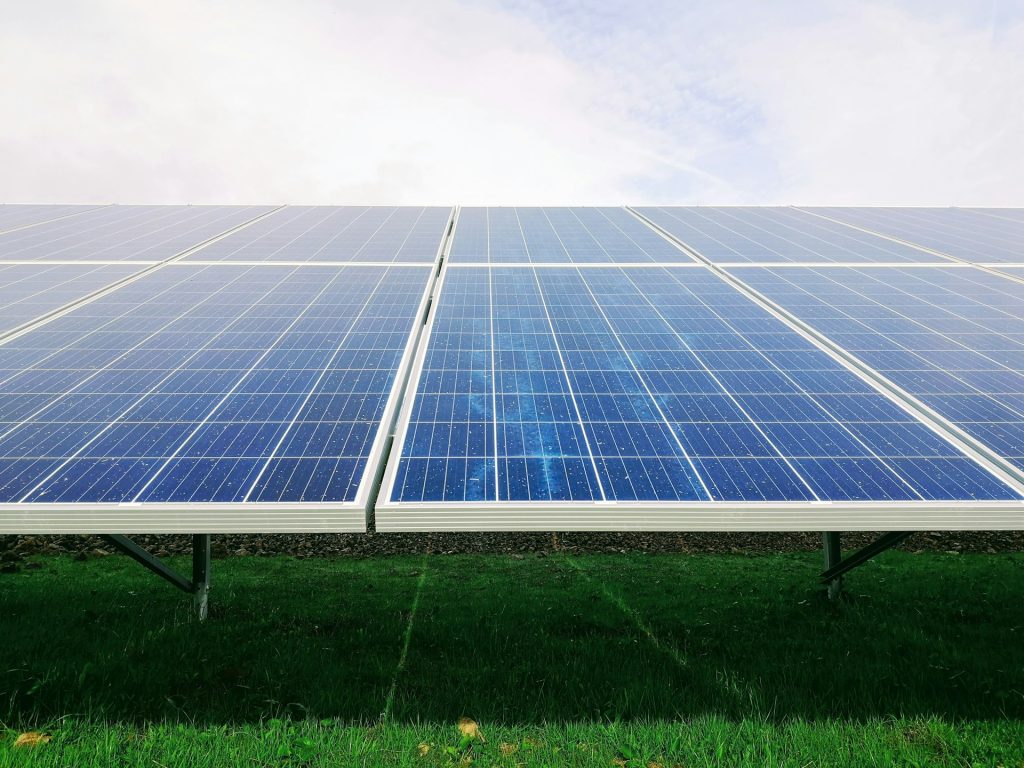The Sun is like that generous friend who brings warmth, light, and life wherever they go. But instead of just shining on you for a few hours, the Sun showers the Earth with a crazy amount of energy 24/7. Solar energy powers everything from photosynthesis in plants to the winds that sweep across the planet, and without it, Earth would be a frozen wasteland. So let’s learn about how the Sun’s energy makes life on Earth possible and why it’s so essential to our everyday existence. You’ll never look at a sunny day the same way again!

How Does Energy from the Sun Reach Earth?
Light from the Sun starts its journey to Earth and in just 8 minutes and 20 seconds, it travels 93 million miles (150 million kilometers) through space to reach our planet. That’s faster than you can finish scrolling through your Instagram feed! The Sun’s energy zooms across space in the form of electromagnetic radiation, which includes visible light, infrared radiation (the heat you feel on your skin), and ultraviolet (UV) radiation.
Once this solar energy hits Earth’s atmosphere, the real action begins. Most of the Sun’s energy arrives as visible light and infrared energy, the stuff responsible for warming the planet and giving us daylight. But there’s a catch: a smaller, sneakier portion comes as ultraviolet radiation, which is invisible to our eyes but packs quite a punch (we’ll get to that part later).
The Long (and Bright) Journey of Solar Energy
Now, you might be wondering: “Just how much energy is the Sun throwing our way?” Get ready for some serious numbers. The Sun’s total energy output, called its luminosity, is roughly 3.86 x 10^26 watts. That’s 3,860 trillion trillion watts! Imagine trying to pay that electricity bill!
Of course, since Earth is just a tiny speck in the grand cosmic scheme of things, we only receive a small fraction of that—about 1.75 x 10^17 watts, or 175 quadrillion watts. Even so, that’s still enough to power life, move oceans, stir up the winds, and make sure we don’t all freeze.
If we focus just on visible light (the stuff that lets us see and provides all those beautiful sunrises and sunsets), the Sun is brighter than you can imagine. We’re talking 36 thousand trillion trillion lumens. If you were on Mercury, the closest planet to the Sun, the sunlight would be seven to eleven times brighter than it is on Earth. Thank goodness we’re just the right distance away!

Why the Sun’s Energy Is a Catalyst for Life on Earth
The Sun’s energy does more than give you a tan—it’s responsible for life itself! Without it, plants wouldn’t be able to perform photosynthesis, which means no food, no oxygen, and no breathable atmosphere. That’s right—plants rely on sunlight to create the oxygen we need to survive, and without it, we’d be in deep trouble.
Beyond just keeping the plants alive, solar energy drives the weather. It heats up the atmosphere and the oceans, causing air and water to move around and create winds, clouds, and storms. Solar energy also powers the water cycle by evaporating water from oceans and lakes, which eventually falls back to Earth as rain or snow. Every aspect of our climate and weather is linked to the Sun.
How Humans Have Mastered Solar Energy
Throughout history, humans have been resourceful when it comes to using solar energy. As far back as 30 CE, the Romans were building greenhouses so that Emperor Tiberius could enjoy cucumbers all year long. Fast forward a couple of millennia, and we’ve gone from growing cucumbers to generating electricity with solar panels.
Today, solar power is one of the fastest-growing renewable energy sources worldwide. Solar panels capture sunlight and convert it into electricity, helping us reduce our reliance on fossil fuels. Solar energy is even being used in space to power satellites and spacecraft. We’ve come a long way from just sunbathing!
How the Sun’s Energy Can Be Harmful (Yes, There’s a Dark Side)
But it’s not all sunshine and rainbows. The Sun has a feisty side too, and that comes in the form of ultraviolet (UV) radiation. Most of us are familiar with the dangers of UV rays—they cause sunburns, skin damage, and can lead to skin cancer. Luckily, Earth’s ozone layer acts like a natural sunscreen, blocking most of the harmful UV radiation before it can reach us.
Still, some UV rays slip through the cracks, so it’s a good idea to wear sunscreen, sunglasses, and a wide-brimmed hat when you’re out in the sun for long periods. Also, if you’re feeling extra sun-smart, seek out shade and avoid the strongest rays between 10 a.m. and 4 p.m.
Did you know plants can get sunburned too? Overexposure to UV radiation can damage crops like soybeans, wheat, and rice, reducing their size and productivity. In fact, farmers have to take precautions to protect their crops from too much UV exposure, just like we protect our skin with sunscreen.
Can the Sun’s Energy Be a Little Too Bright?
You’ve heard the phrase “too much of a good thing,” right? Well, even though solar energy is vital, sometimes the Sun’s energy can be a little overwhelming. For instance, deserts are a perfect example of areas where the Sun’s energy is abundant—so abundant, in fact, that they become scorching wastelands. In some of the hottest deserts on Earth, like the Sahara, the relentless solar radiation makes it nearly impossible for most plants and animals to survive.
However, humans have cleverly adapted to these extreme conditions. In ancient times, people living in hot climates built their homes facing away from the Sun to keep cool. Today, we use solar panels in sunny places like deserts to turn that excess sunlight into electricity, helping power our homes and cities.

The Balance of Solar Energy
So, is the Sun our hero or our villain? The truth is, it’s a bit of both. The Sun gives us life, powers our weather, grows our food, and provides clean energy. But too much UV exposure can be harmful, and in extreme climates, the Sun can make survival a challenge.
Still, the balance of solar energy is what keeps Earth running smoothly. Thanks to the Sun, we have seasons, weather patterns, and the energy to sustain life. So the next time you step outside and feel the Sun on your skin, take a moment to appreciate this incredible source of energy that makes life on Earth possible.
Now go ahead and soak up the Sun’s rays (responsibly, of course), and remember, it’s not just giving you a nice glow—it’s literally powering the planet!





